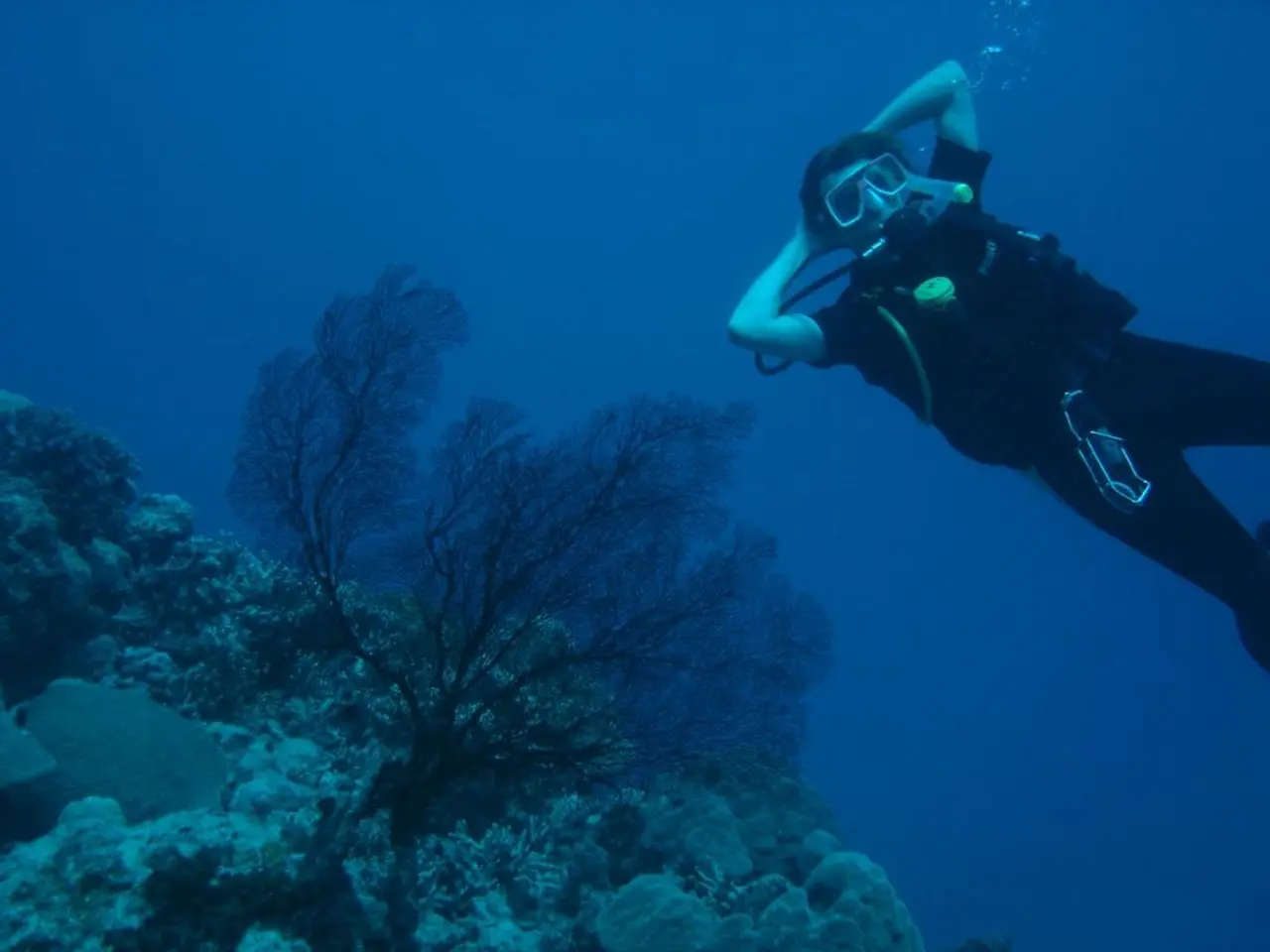Submarine Collapse Report Criticizes CEO for Lack of Supervision
The U.S. Coast Guard's extensive investigation into the catastrophic implosion of OceanGate's Titan submersible, which took place near the Titanic wreckage in June 2023, has concluded that the disaster was entirely preventable due to multiple critical failures, primarily related to OceanGate’s inadequate design and dangerous operational practices.
The report, authored by a Marine Board led by retired Coast Guard Captain Jason Neubauer, spans 335 pages and details the failures that led to the fatal implosion. The key findings include:
- Inadequate design and testing: The Titan’s pressure vessel, made of carbon fiber, suffered from loss of structural integrity because neither the design nor the testing process sufficiently addressed fundamental engineering safety principles.
- Safety oversights and negligence: OceanGate repeatedly ignored, concealed, and neglected serious safety and structural concerns. The CEO, Stockton Rush, deliberately evaded regulatory oversight by misrepresenting passengers as “mission specialists” and exploiting loopholes.
- Toxic safety culture: The report termed OceanGate’s corporate and operational practices as “critically flawed,” highlighting a vast disparity between written safety protocols and actual practice.
- Ignoring warning signs: The Titan was continually used despite a series of incidents that likely compromised its hull integrity.
- Limited government oversight not a direct cause: While the Coast Guard and international bodies had no current framework to regulate such innovative submersibles, lack of government oversight was not deemed a direct cause of the implosion.
The report also found that the company's manual only included four pages of dive safety procedures, a substantial shortfall for a company centered on deep-sea manned submersible operations. Furthermore, the report states that Rush threatened those who raised concerns with lawsuits or termination.
The Coast Guard released footage during the hearing that showed Titan debris on the seafloor, located approximately 500 meters from the bow of the Titanic following a four-day search. The last message sent from Titan to the surface vessel Polar Prince was "Dropped two wts" at approximately 3,341 meters. Communications and tracking from the submersible to Polar Prince were lost at 3,346 meters, and the exact time of implosion was 10:47:09 a.m, seven seconds after the last message was sent.
Key recommendations proposed by the report are:
- Establish regulatory oversight: Implement international and domestic regulations for designing, building, and operating novel submersibles or watercraft to ensure safety standards and monitoring are enforced.
- Address safety culture: Promote transparent safety culture and adherence to engineering protocols in companies operating such hazardous vehicles to prevent similar tragedies.
The report finds that the Titan imploded due to loss of structural integrity of the pressure vessel. The submersible was improperly stored following the Titan's final dive in 2022, and the conditions were substandard for the submersible's carbon fiber composite pressure hull. The towing operations "introduced a wide array of new risks," according to the Marine Board of Investigations report.
The Marine Board of Investigations found that OSHA did not follow up on Lochridge's whistleblower complaint, which could have flagged the company's testing of its first hull. The report was released nearly a year after the Coast Guard’s Marine Board of Investigation held a two-week hearing into the implosion.
The U.S. Coast Guard has released a final report on the catastrophic implosion of OceanGate's Titan submersible. The National Transportation Safety Board (NTSB) is independently investigating and will issue its own findings. Lochridge's whistleblower retaliation case was closed in late 2018 after he and OceanGate entered a settlement agreement in their respective lawsuits.
[1] Coast Guard Investigation Report
[2] NBC News Article
[3] CNN Article
- The Coast Guard Investigation Report states that the Titan imploded due to loss of structural integrity of its pressure vessel, which suffered from inadequate design and testing, as the design and testing process failed to adhere to fundamental engineering safety principles.
- The report also reveals that OceanGate repeatedly ignored, concealed, and neglected serious safety and structural concerns, with the CEO, Stockton Rush, deliberately evading regulatory oversight by misrepresenting passengers as "mission specialists" and exploiting loopholes.
- The Marine Board of Investigations found that OceanGate's corporate and operational practices were "critically flawed," leading to a toxic safety culture that ignored warning signs and continued to use the submersible despite a series of incidents that likely compromised its hull integrity.
- In light of this tragedy, the report recommends establishing international and domestic regulations for designing, building, and operating novel submersibles or watercraft to ensure safety standards and monitoring are enforced, and promoting transparent safety culture and adherence to engineering protocols in companies operating such hazardous vehicles.
- The General-news outlets NBC News and CNN have reported on the findings of the Coast Guard Investigation Report, emphasizing the need for increased international and domestic regulatory oversight for deep-sea manned submersible operations to prevent similar accidents in the future, as well as the importance of addressing safety culture and ensuring adherence to engineering principles in the business of environmental exploration and sports diving.




